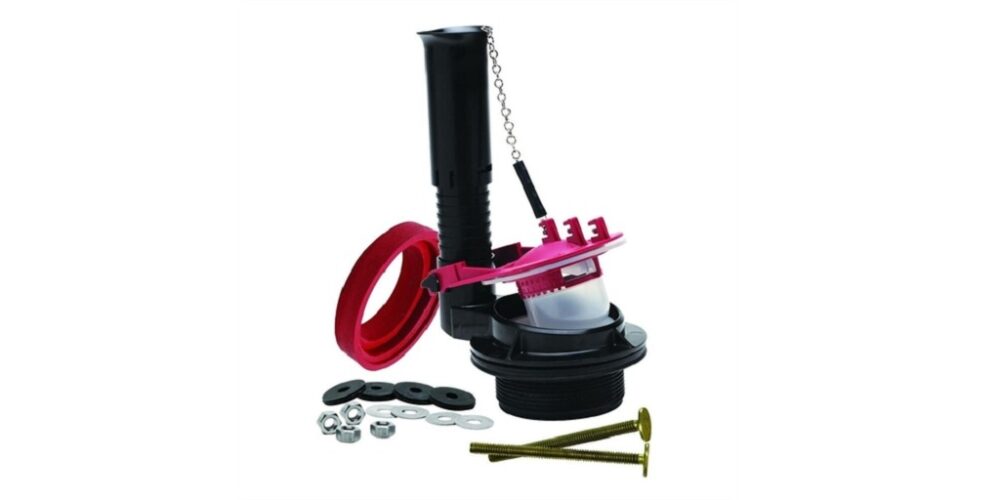If you own a commercial building or you’re leasing a commercial space for your restaurant or office, your washroom likely has a toilet with commercial flush valves.
Commercial toilets are designed to handle heavy usage and high water pressure. These are some of the top reasons why it’s rare to see a commercial toilet clogging.
If you’re thinking of replacing your toilet or perhaps you need to replace the valves, then this article is for you.
This post describes the different types of flush valves to help you figure out what kind of valves you need for a new installation or replacement project.
How Do Commercial Flush Valves Differ From Standard Flush Valves?
Apart from the higher price tag, commercial valves are more powerful than standard valves. They provide maximum performance even in high-traffic commercial restrooms.
Commercial valves are also water-efficient. They release a metered amount of water only to flush solid and liquid wastes down the toilet. They rely more on high pressure than water, unlike standard valves that rely on gravity and water to flush.
In other words, because they use high pressure, they use less water and you’re able to save water with every flush.
In a high-traffic restroom, water efficiency is a feature you’d want to have. Not only will you save water and the environment, you’ll also save on water expenses. Less expenses, more profit.
So even though commercial valves are more expensive, you’ll save money with a commercial toilet in the long run.
Types of Commercial Valves
Commercial valves are commonly referred to as diaphragm valves. This is because most commercial establishments use the diaphragm type of flush valve designed for heavy usage than the piston kind.
● Diaphragm VS Piston Flush Valves
Commercial valves have high-pressure and low-pressure chambers separated by either diaphragm or piston valves.
Diaphragm and Piston valves work in much the same way. When you flush the toilet, the water pressure changes and the valves (either diaphragm or the piston: both located between the high-pressure chamber and the low-pressure chamber) are displaced, releasing water into the toilet bowl.
The difference between these two types is that Piston uses a molded cup (piston) valve while Diaphragm uses a rubber diaphragm valve.
Diaphragm valves are more suited for high-traffic restrooms. They can recover fast and flush water almost immediately after the last flush. And of course, this scenario is what you’d see in high-traffic restrooms with people using the toilet one after the other and no rest in between.
In commercial buildings and establishments, there are two types of toilets with commercial valves: urinal and toilet units.
● Urinal and Toilet Units
Urinals are what you’d most likely see in male restrooms. Urinal toilets have urinal valves that look similar to toilet valves. The valves are also installed on top of the urinal.
Toilet units look similar to what you may have at home. Except, commercial toilet units with diaphragm valves won’t have a water storage tank. They are tankless and you’ll only see the valves installed on top of the toilet as well.
There are also commercial valves that are automatic or are sensor-driven. These are the types where there are no handles and there are only sensors to activate the flush.
Still not sure what you have? Contact Quality Plumbing Supply. They can help you choose the right kind of valves for your washroom and pick the parts you need for replacement. Get in touch with them now.












